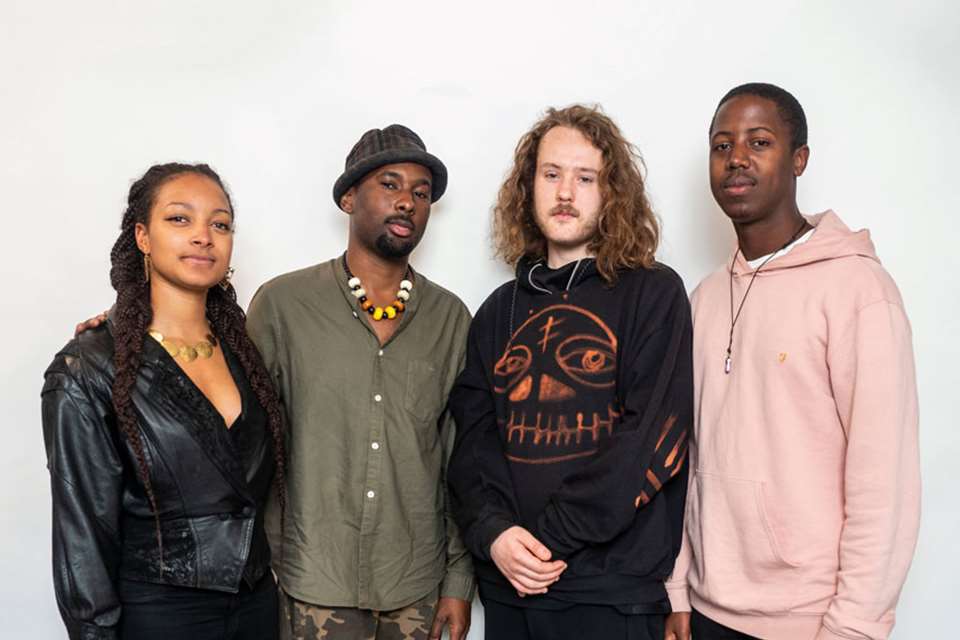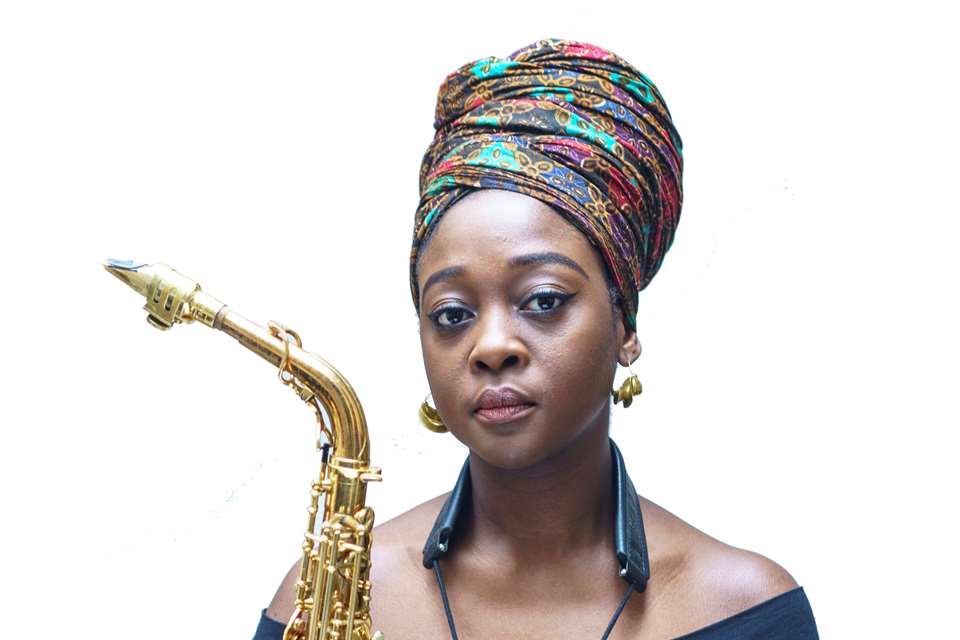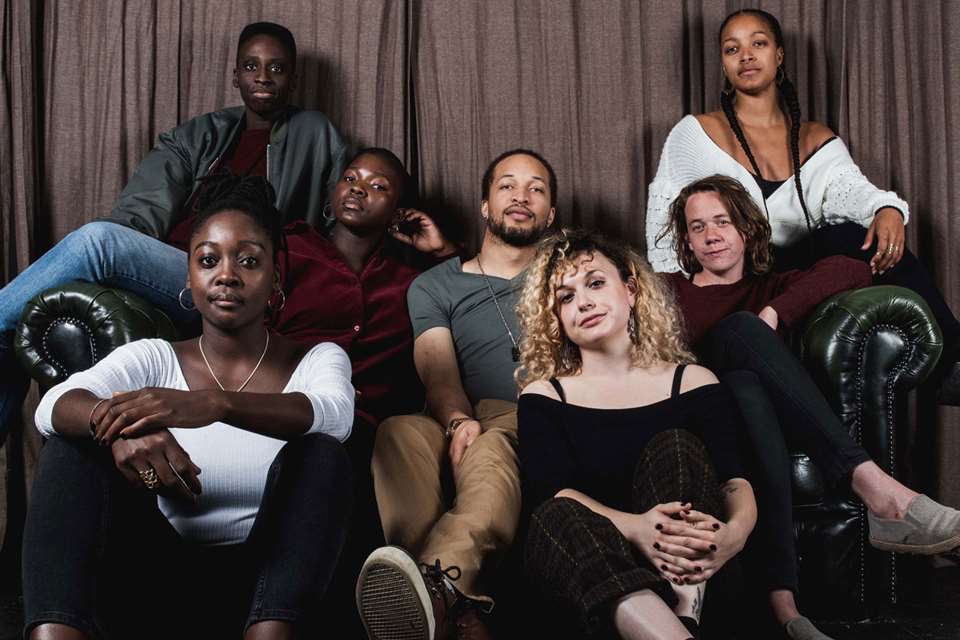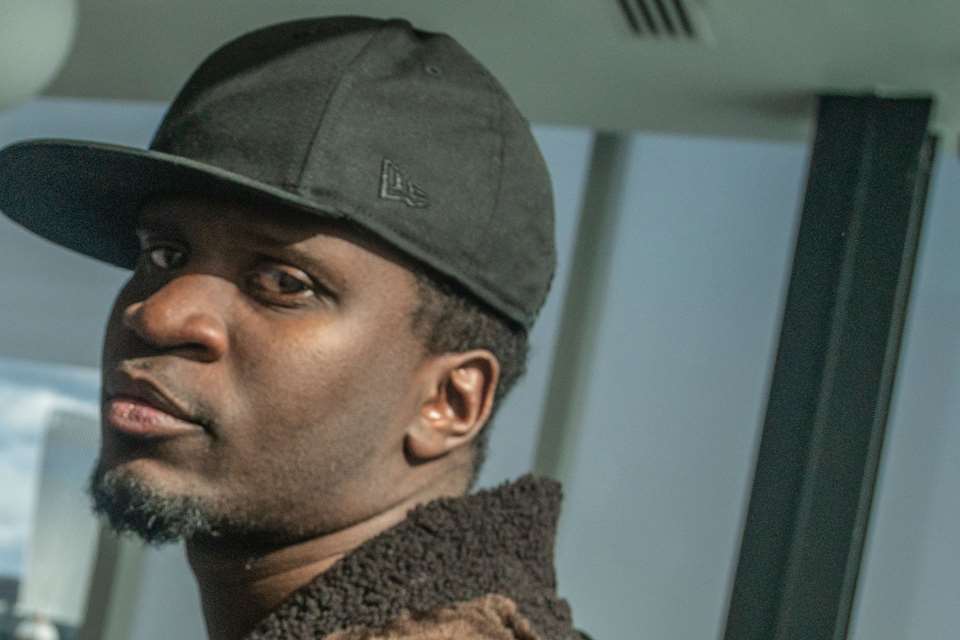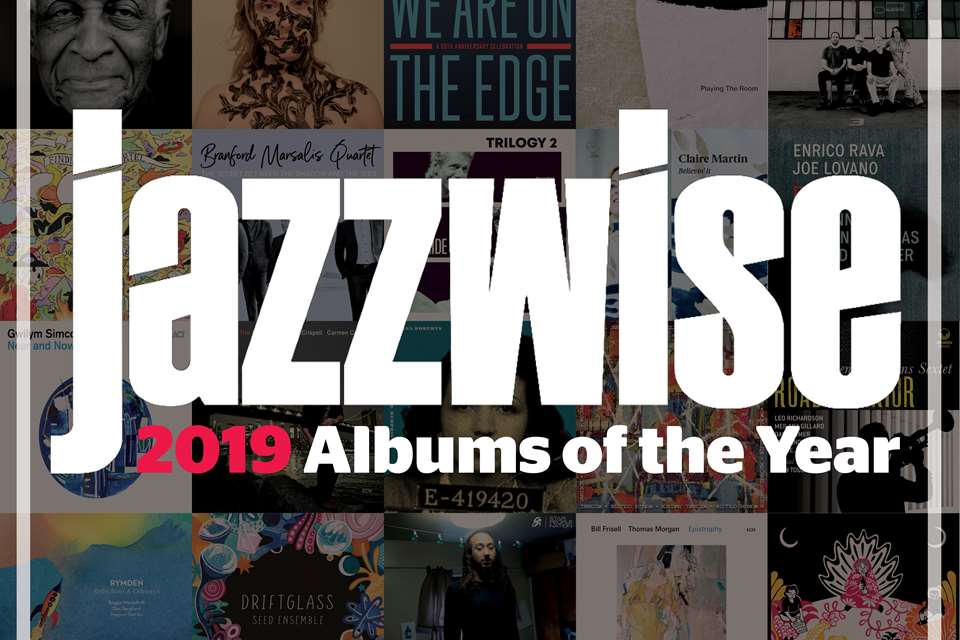A Beginner's Guide to the New Jazz Generation
Wednesday, November 27, 2019
The UK’s new jazz scene has had another barnstorming year with the likes of Cassie Kinoshi’s SEED Ensemble receiving a Mercury Prize nomination and all-star seven piece Nérija making waves with their appearance on Later… with Jools Holland, and with many bands tearing it up at festivals at home and abroad. With the likes of Steam Down and KOKOROKO set to release albums in 2020, here’s 10 of the best from the last year to get you going…
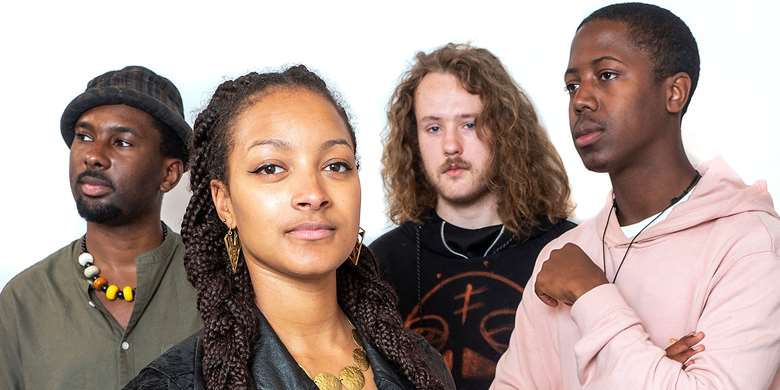

Register now to continue reading

Thank you for visiting Jazzwise.co.uk. Sign up for a free account today to enjoy the following benefits:
- Free access to 3 subscriber-only articles per month
- Unlimited access to our news, live reviews and artist pages
- Free email newsletter
